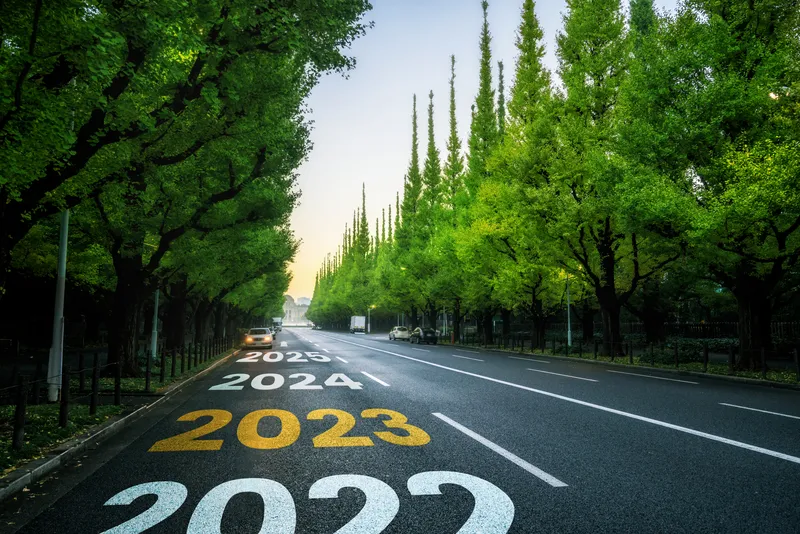IBM has revealed results of its new Automotive 2025 Global Study, outlining an industry ripe for disruptive changes that are breaking down borders of the automotive network. The study forecasts that while the automotive industry will offer a greater personalised driving experience by 2025, fully autonomous vehicles or fully automated driving will not be as commonplace as some think.
The report also indicates that consumers not only want to drive cars; they want the opportunity to innovate and co-create t
January 19, 2015
Read time: 4 mins
The report also indicates that consumers not only want to drive cars; they want the opportunity to innovate and co-create them along with related services, such as infotainment.
IBM identified nine external influencers, such as economies/markets, government regulations and sustainability which affect other industries. According to the study, changes in consumer expectations were the most dramatic shift between the Auto 2020 and Auto 2025 studies. Addressing consumer expectations now ranks behind only technology in order of importance to the automotive industry.
The report also indicates that nearly two out of every three (63 per cent) executives surveyed saw mobility services or car/ride sharing as an area for greater collaboration with consumers. In addition, more than half (59 per cent) felt product design, marketing campaigns (54 per cent) and service/after-sales (52 per cent) were all areas in which the industry would benefit from working directly with consumers.
By 2025, the vehicle will be sophisticated enough to configure itself to a driver and other occupants. Also, it will be able to learn, heal, drive and socialise with other vehicles and its surrounding environment. Nearly 80 per cent of the executives felt in-vehicle cognitive technologies will be a key component of how vehicles learn and reason to provide a better experience for the occupants and optimise its own performance.
Fifty-seven percent believe vehicle ‘social networks’ would be in place where vehicles would communicate with each other, allowing vehicles to share not only traffic or weather conditions, but information specific to a given automaker. For instance, if a vehicle was experiencing some type of problem not recognised before, it could communicate with other vehicles of the same brand to seek help on what the issue might be.
In contrast to common beliefs, the report also underscores considerable scepticism about fully autonomous vehicles, where no driver is required and the vehicle is integrated into normal driving conditions. A mere eight per cent of executives see it becoming commonplace by 2025. Moreover, only 19 per cent believe that a fully automated environment, meaning the driving system handles all situations without monitoring and the driver is allowed to perform non-driving tasks, will be routine by 2025.
Eighty-seven per cent of the participants felt partially automated driving, such as an expansion of today’s self-parking or lane change assist technologies would be commonplace. Moreover, 55 per cent said highly automated driving, where the system recognizes its limitations and calls driver to take control, if needed, allowing the driver to perform some non-driving tasks in the meantime, would also be adapted by 2025.
Overall, the IBV Automotive 2025 study paints a very clear picture: Industry growth will come from delivering additional value rather than just selling more vehicles. And even though one third of those surveyed feel they will be able to adapt to the challenges this presents, only one in five feel they are prepared now.
The future requirements from the study emphasises that the rigid, self contained industry of the past century must quickly transform into an ecosystem that is expected to be open, collaborative and filled with new innovators: 73 per cent of OEM executives rated mobility services, cost-effective alternatives to vehicle ownership like car/ride-sharing, as a significant area for co-creation with consumers; 73 per cent of all executives rated collaboration with other industries as the best opportunity for industry growth as it progresses toward 2025; 75 per cent of all executives expect non-traditional industry partnerships to have a key role in the automotive ecosystem by 2025.
“While the automotive industry has seen a resurgence in recent years, a new industry identity is emerging, one that is more open, inclusive, and without borders. Welcoming this transformation can result in benefits the likes of which haven’t been seen since the automated assembly line,” said Alexander Scheidt, Global Automotive industry leader, IBM Global Business Services. “By 2025, the industry will not only recreate our highly personalised and digitised lives inside our cars, but also give consumers a bigger role in defining that experience, whether as a driver or passenger.”
“Looking toward 2025, as the borders continue to come down, the new ecosystem will create challenges and opportunities the industry has never had to face before; the enterprises that welcome openness will set the stage for long term success and industry leadership,” said Scheidt.









